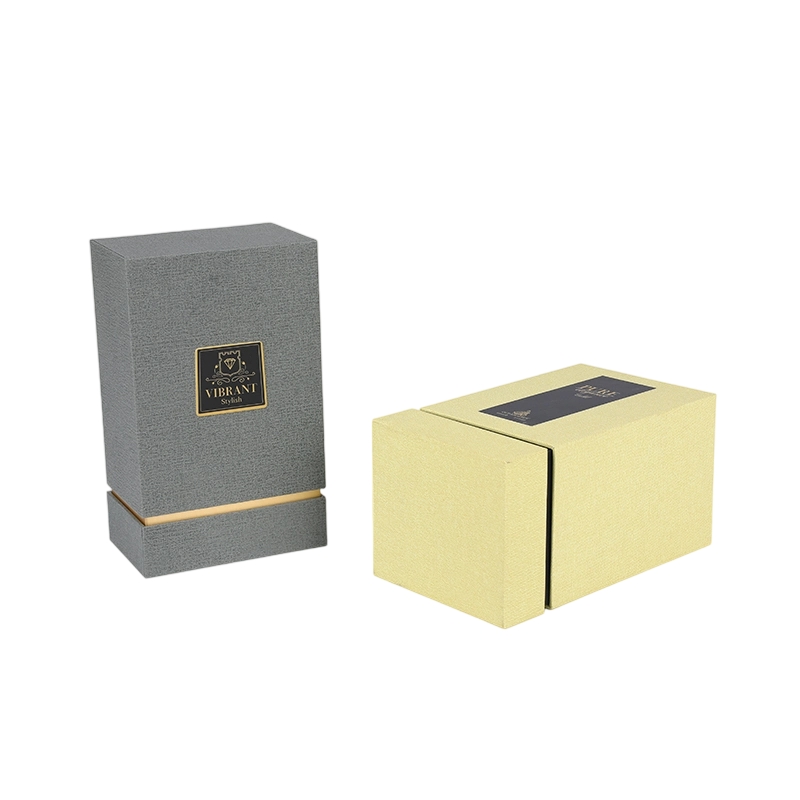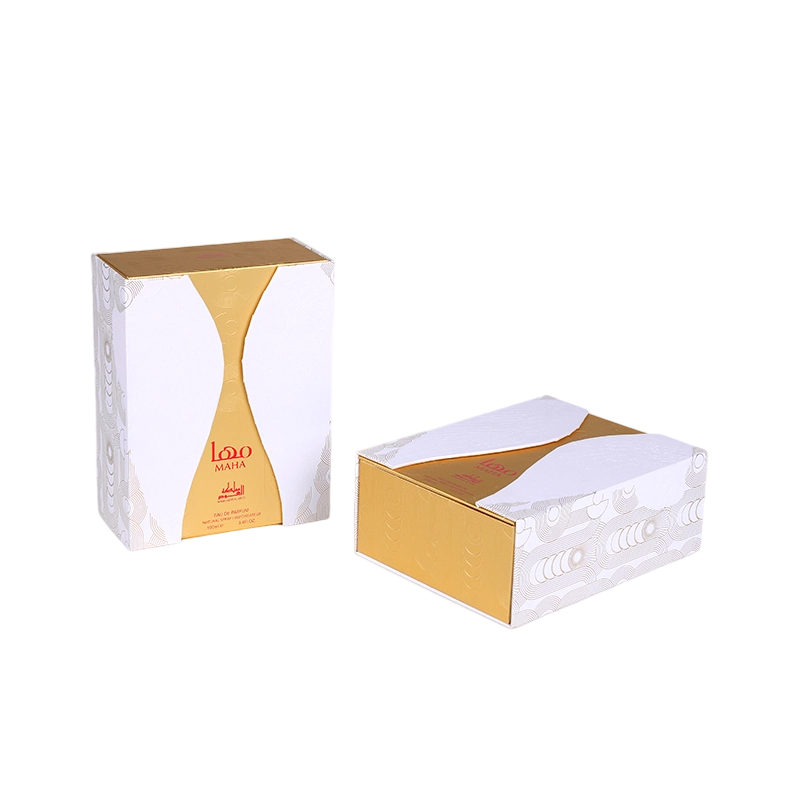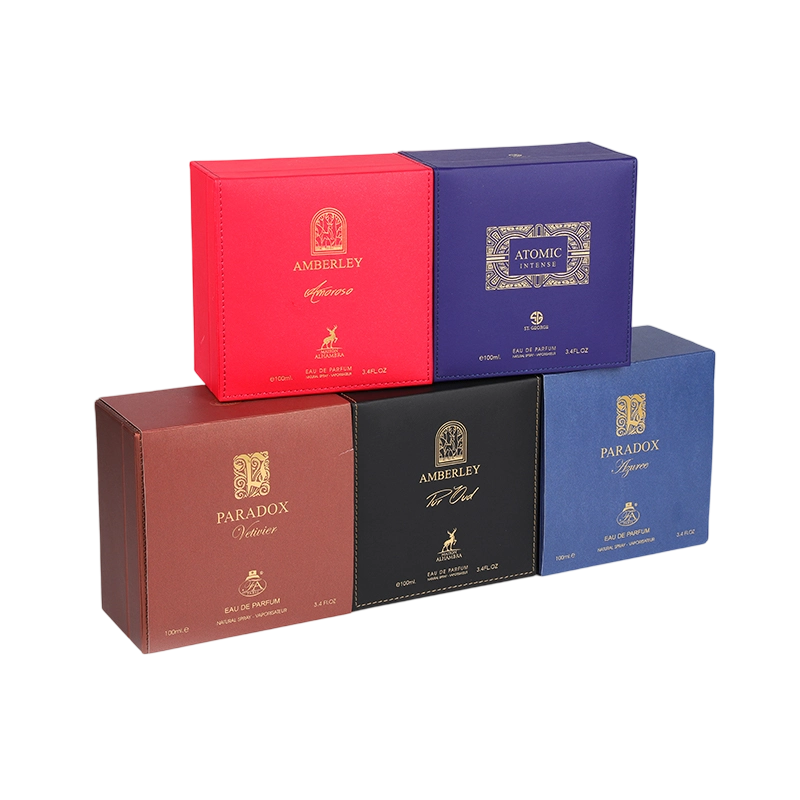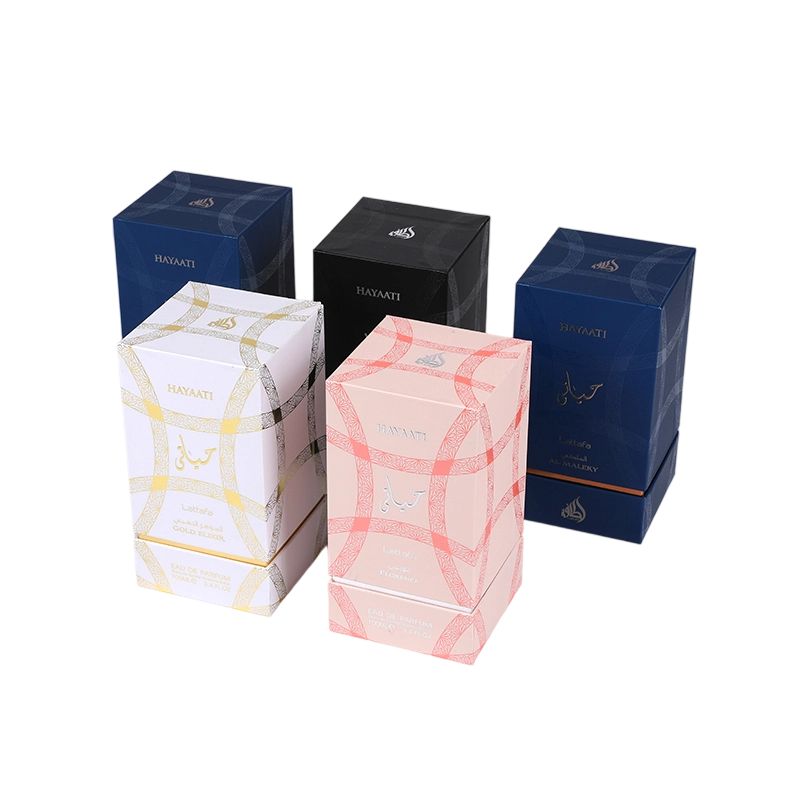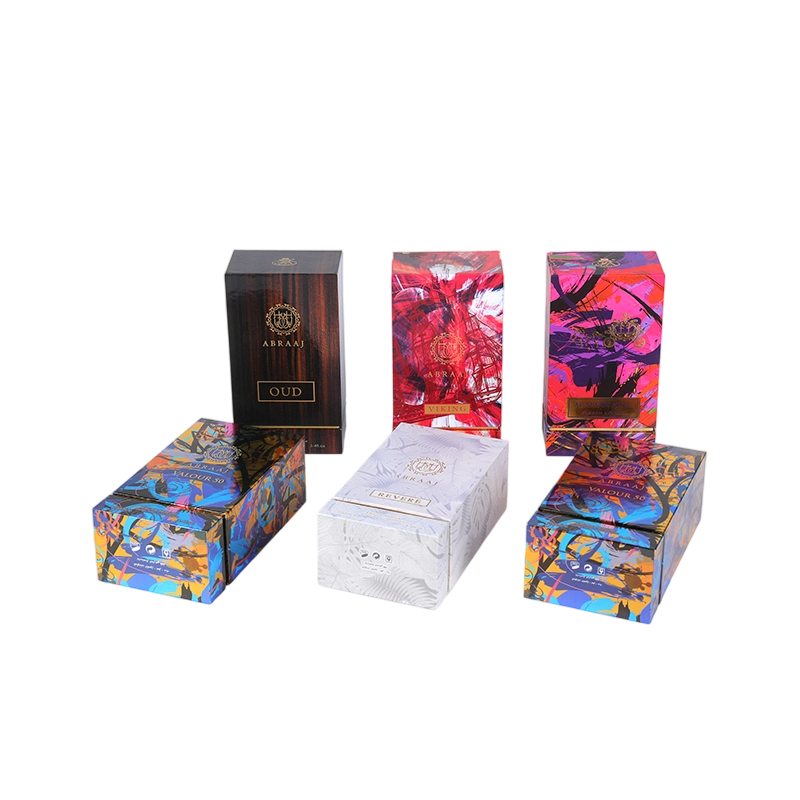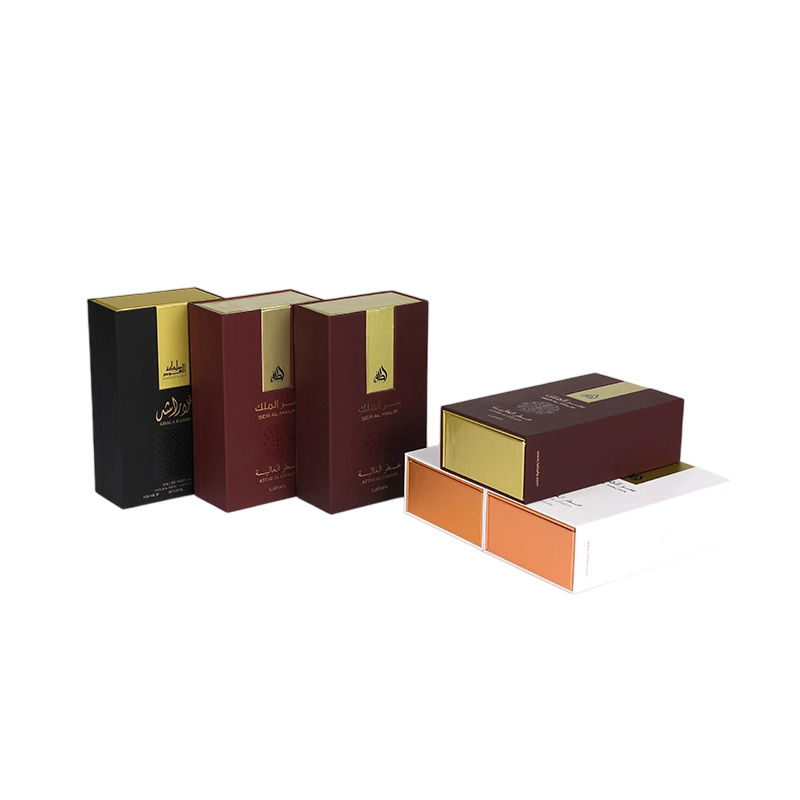One of the most common protective features in jewellery boxes is the use of anti-tarnish linings. These linings are often made from materials that contain compounds to absorb or neutralize sulfur and other reactive chemicals in the environment. A popular example is the use of treated cotton or flannel, which has been infused with chemicals designed to slow down the tarnishing process. These linings act as a barrier between the jewellery and the air, preventing direct exposure to corrosive elements.
Some jewellery boxes incorporate tarnish-inhibiting cloth, such as Pacific Silvercloth®, which is specially treated to absorb and trap sulfur. This type of cloth effectively shields silver items from the elements that cause tarnish and corrosion, allowing jewellery to maintain its shine for a much longer period.
Another effective material used in jewellery boxes to prevent corrosion is activated carbon. Carbon’s porous structure allows it to absorb airborne pollutants, including sulfur compounds, which are the primary culprits behind silver tarnishing. Some high-end jewellery boxes include activated carbon strips or inserts in compartments where silver and other metals are stored. These inserts help to trap corrosive gases and prevent them from coming into contact with the jewellery.
For metal jewellery pieces that are directly stored in the box, some manufacturers apply protective coatings such as varnish or lacquer. These coatings act as a physical barrier that prevents oxidation by sealing the surface of the metal, shielding it from moisture, air, and other contaminants that cause corrosion. In some cases, jewellery boxes are designed with holders or compartments that also use these coated materials to offer an additional layer of protection for stored items.

Many jewellery boxes include silica gel packs or moisture-absorbing inserts to regulate humidity levels inside the box. Humidity can accelerate tarnishing and corrosion, especially for metals like silver, which are prone to reacting with moisture. By maintaining a dry environment within the jewellery box, silica gel packs minimize the risk of oxidation and tarnish. These desiccants are an affordable yet highly effective way to prolong the life of jewellery stored in the box.
Some jewellery boxes come with silver storage strips or anti-tarnish strips, which are specially designed paper or fabric inserts treated with chemical inhibitors. These strips actively prevent tarnish by neutralizing airborne pollutants and absorbing the gases that cause silver to tarnish. They are typically placed in the compartments where silver items are stored to create a protective environment.
High-end jewellery boxes may feature airtight or sealed compartments to minimize exposure to air and contaminants. By reducing the airflow inside the box, these sealed compartments limit the presence of moisture, sulfur, and other reactive elements that contribute to corrosion. These designs are particularly beneficial for silver and other sensitive metals, offering an environment where they are less likely to tarnish over time.
To protect the surface of jewellery from scratching and wearing, jewellery boxes also use non-abrasive lining materials like velvet, suede, or soft microfiber fabrics. These materials not only provide physical protection against scratches but also reduce the likelihood of corrosion by ensuring that no reactive substances come into contact with the jewellery.
By incorporating these materials and treatments, their jewellery boxes ensure that valuable items are preserved in optimal condition, preventing tarnish and corrosion and enhancing the longevity of the stored pieces.

 English
English 中文简体
中文简体 عربى
عربى
